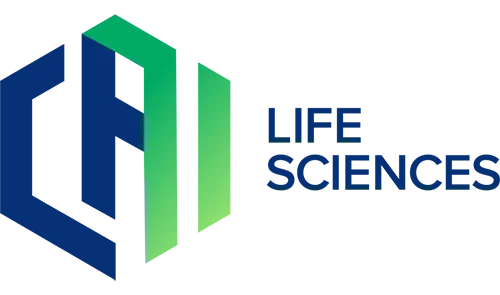In highly regulated industries, “Islands of Automation” might sound like streamlined, independent systems working in harmony. But the reality is far from ideal. These disconnected systems create operational friction, fragment critical data, and slow down key processes, especially in areas like Computerized System Validation (CSV) and Commissioning, Qualification, and Validation (CQV). Instead of enabling progress, they introduce inefficiencies, compliance risks, and costly delays.
The Problem with Isolation
When equipment and systems are treated as standalone entities, without integrated CQV and CSV workstreams, projects often face critical failures. Equipment-focused CQV efforts overlook the computerized nature of modern machinery, creating gaps in data integrity and operational readiness. This fragmented approach hinders the understanding of what falls within the CSV scope versus the equipment scope.
The challenges escalate when services aren’t provided in tandem. Projects struggle to define clear responsibilities, leading to overlapping efforts or, worse, neglected areas. The outcome? Delays, cost overruns, and systems that aren’t fully compliant or optimized for performance.
How We Typically Work, and Where It Fails
In large C&Q projects, the traditional staggered staffing model compounds these issues:
- Engineering handles planning and design with external firms.
- Procurement follows, often without CSV involvement.
- Validation steps in post-procurement.
- Quality engages during verification.
- Operations comes into play near project completion.
This sequence is not a recipe for success. Delayed CSV engagement means critical data integrity (DI) requirements are retrofitted rather than built-in, causing rework and compliance risks.
The Spectrum of Outcomes
Worst Case: Siloed workstreams result in late-stage discovery of compliance gaps
- CSV is brought in after procurement, uncovering DI issues.
- Remediation requires revising specifications, implementing controls, and retesting.
Common Case: Slight improvements but persistent challenges
- CSV provides DI test cases post-procurement.
- Verification reveals DI failures, necessitating specification revisions and retesting.
Recent Case: Incremental progress but room for growth
- CSV adds DI requirements after initial specifications.
- Despite proactive testing, DI issues still surface, requiring remediation.
Best Case: Data Integrity by Design
- Integrated workstreams from the start.
- DI requirements embedded in procurement and design.
- Controls verified seamlessly during the project lifecycle.
Understanding Equipment and Project Types
To tackle Islands of Automation, it’s essential to grasp the equipment landscape. Equipment usually falls into one of these categories:
- Standard Equipment: Off-the-shelf items, potentially with supplier options but no customization.
- Vendor-Packaged Equipment: Standard designs tailored to client specs.
- Stick-Built Systems: Fully custom-built solutions for specific needs.
Each type influences the process control system and validation strategy. For instance, standard equipment might leverage vendor testing, while custom systems demand rigorous, in-house verification testing.
Process Control Systems: The Integration Imperative
Automation systems usually fall into three categories:
- Embedded PCS: Basic microcontroller setups (e.g., incubators, mixers).
- Local PCS: Standalone systems with advanced PLC programs and HMIs.
- Centralized PCS: Integrated networks offering centralized monitoring and control.
Islands of Automation typically arise from embedded or local PCS setups. These systems often lack connectivity, requiring manual oversight and localized data management.
Why Integration Matters
Integration connects equipment to a unified process control network, offering numerous advantages:
- Centralized Access Controls: Streamlined identity management reduces security risks.
- Synchronized Data: Eliminates the “two versions of the truth” issue, ensuring consistent timestamps and data integrity.
- Remote Monitoring: Enhances visibility into critical utilities and system status from a central location.
- Efficient Data Management: Facilitates centralized reporting, data backups, and compliance with regulatory requirements.
The Path Forward
To move beyond the pitfalls of isolated systems:
- Integrate Early: Engage CSV and CQV teams from the project’s inception.
- Embed DI Requirements: Make data integrity a core design principle, not an afterthought.
- Leverage Centralized Systems: Where feasible, adopt centralized PCS to streamline operations and compliance efforts.
Islands of Automation are no vacation. They represent fragmented efforts, compliance risks, and operational inefficiencies. But with a proactive, integrated approach, organizations can transform these isolated systems into a cohesive, compliant, and efficient automation landscape.
